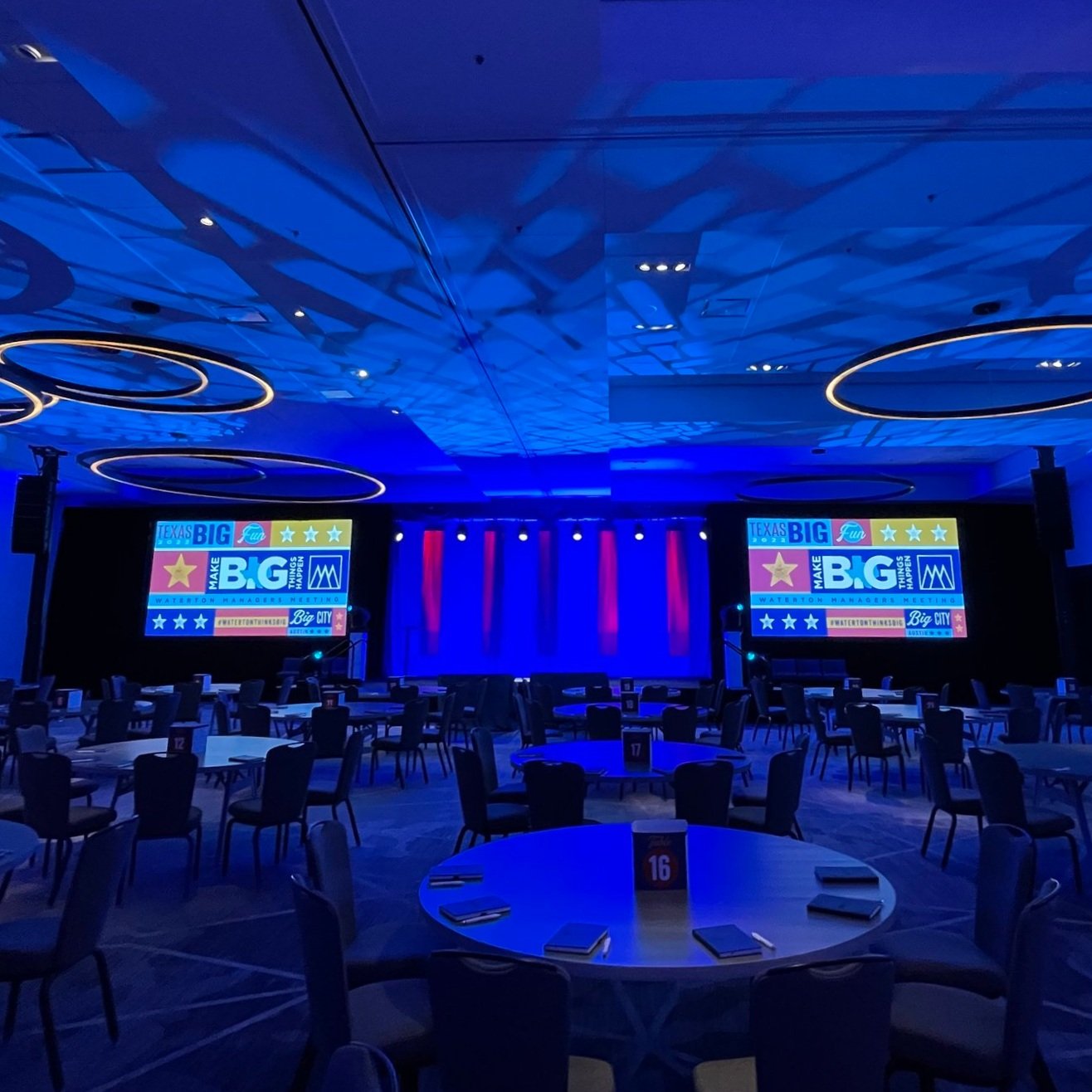Within recent times, digital reality has emerged a powerful tool for enhancing audience involvement in real-time performances. Such innovation enables viewers to submerge themselves in a three-dimensional environment, creating a unique experience that traditional media cannot easily replicate. Through using VR, creators can move audiences into the heart of the action, making them feel as if they are part of the performance. This groundbreaking approach not only captivates audiences but also opens up new possibilities for narrative and engagement.
A of the primary advantages of employing VR in live performances is the ability to forge a more engaging encounter. Audiences can interact with the show in the moment, shaping the outcome or exploring different perspectives. For example, in a theater production, viewers using VR headsets can select to follow particular roles or segments, allowing them to tailor their experience. This level of engagement fosters a deeper connection between the audience and the show, rendering it more unforgettable and impactful.
Moreover, VR tools can improve the sight and auditory aspects of a live performance. With high-quality graphics and sound engineering, creators can build stunning environments that draw viewers in. This immersive quality can elevate the overall experience, rendering it even more captivating and pleasurable. For instance, a concert can be converted into a multi-sensory encounter, where fans experience as if they are standing stage with the artists. Such improvements not only draw bigger viewers but also encourage repeat attendance, as audiences seek to re-experience the thrill.

In addition enhancing viewer involvement, VR can also offer insightful insights for producers. Through examining how audiences interact with the virtual environment, creators can gather information on viewer likes and actions. This data can guide future productions, helping to tailor material to better satisfy the demands and wants of the audience. As a result, VR not only enriches the present experience but also adds to the evolution of real-time performances as a complete entity.
As the advancements progressing to advance, the potential for VR in live performances is immense. Ranging from stage shows and concerts to athletic competitions and festivals, the opportunities are limitless. By adopting this innovative approach, creators can transform the way audiences experience real-time entertainment. With an increasing number of producers investigate the incorporation of VR, it is likely this content that we will see a change in how shows are designed and presented, ultimately leading to a greater immersive and participatory future for real-time productions.